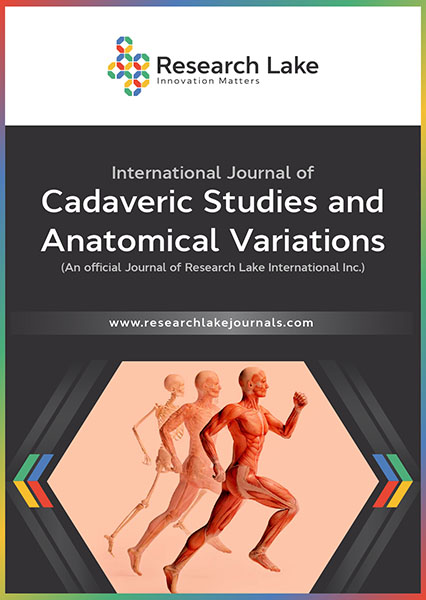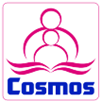The Morphometric analysis of accessory sutural bones with an emphasis on association with parietal emissary foramina
Morphometric analysis of accessory sutural bones with an emphasis on association with parietal emissary foramina
Abstract
Background: The sutural bones and fontanelle of the skull display unique morphological characters. Sutural bones are also called supernumerary bones or ossicles or Wormian bones (WB). These are irregular and develop from the independent ossification centers present along the cranial sutures. They appear on periosteal and endosteal surfaces of the skull with variations in size, number, shape, and location. In the present study, we aimed to determine the morphological characteristics of sutural bones and emphasize the significance of the same. One interesting entity of skull near the posterior fontanelle is the presence of Inca bones.
Methods: The present study was done on 128 dry human skulls by a convenient sampling method. The skulls were collected from the Department of Anatomy and significant characteristic features of Inca and Wormian bones like shape, number, size and location were recorded.
Results: Of the 128 dry skulls examined Wormian bones were seen in 13.2 % of skulls and Inca bones in 5.4 % of skulls. Incorporation of Wormian bones in lambdoid suture was noted in 12.5 % in sagittal suture in 0.7 % skulls respectively. The Wormian bones were found frequently on the left side (n=12) as compared to the right side (n=5). The morphometry of the accessory bones showed quadrilateral as the most common shape (n=9, 37.5 %) followed by triangular (n=4, 16.6 %). Radiological examination of all 24 skulls with accessory bones showed a zigzag pattern of accessory suture lines.
Conclusions: The presence of Wormian and Inca bones can be easily confused with fractures of the related bony regions. The surgeons need to be aware of this fact in order to make a proper and accurate diagnosis. The knowledge regarding these bones is highly beneficial to the clinician, radiologist, and neurosurgeon.
Copyright (c) 2021 Naga Jyothi, Dr. Sriambika Kumar, Dr. Aparna Muraleedharan , Dr. J.P.Gunasegaran , Dr. Rema Devi

This work is licensed under a Creative Commons Attribution-NonCommercial 4.0 International License.
Copyright © by the authors; licensee Research Lake International Inc., Canada. This article is an open access article distributed under the terms and conditions of the Creative Commons Attribution Non-Commercial License (CC BY-NC) (http://creativecommons.org/licenses/by-nc/4.0/).















